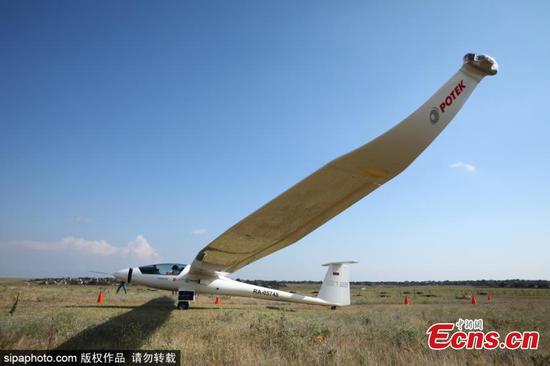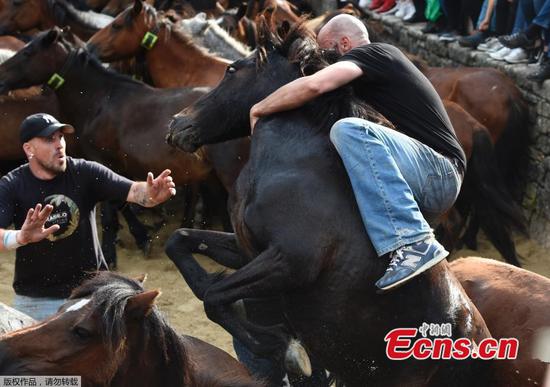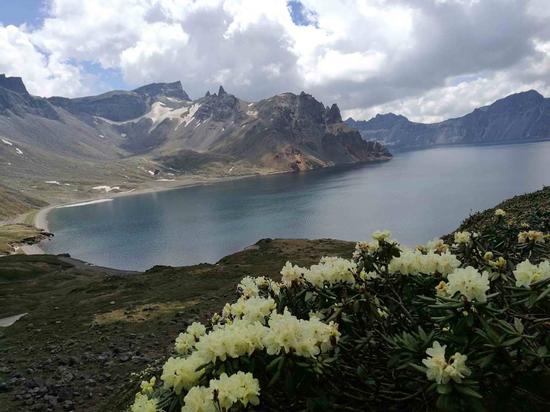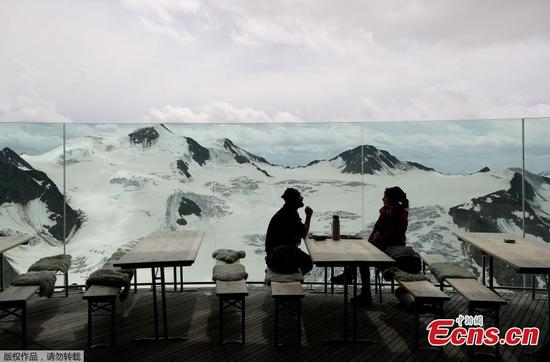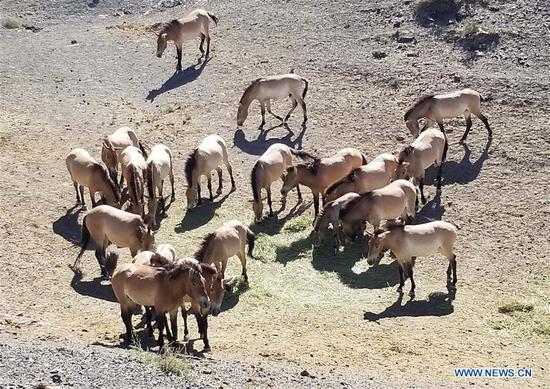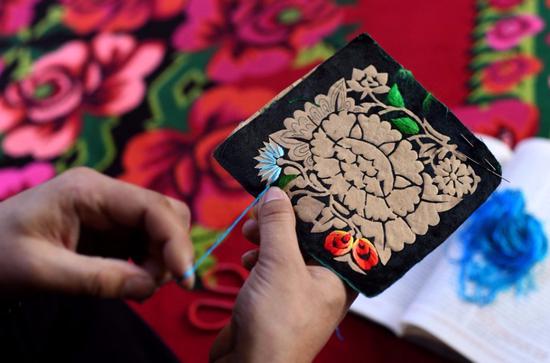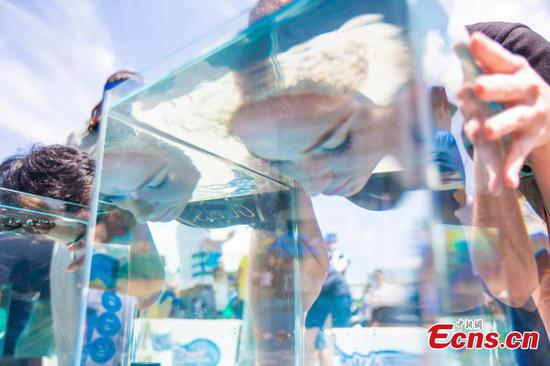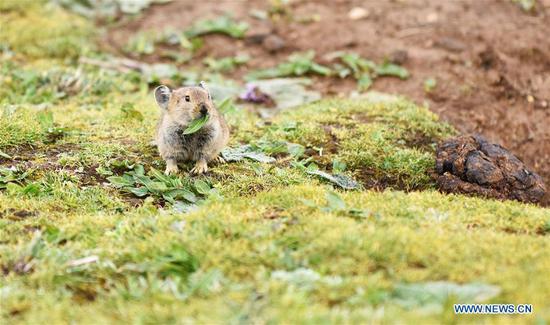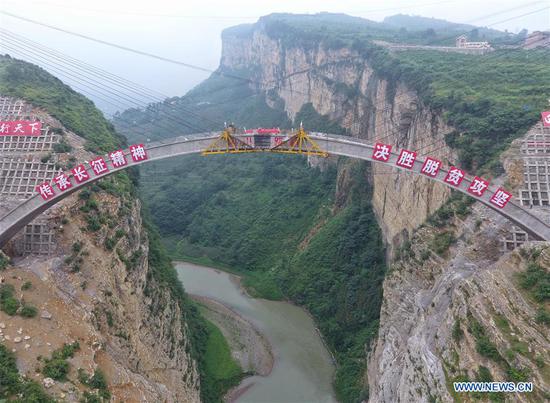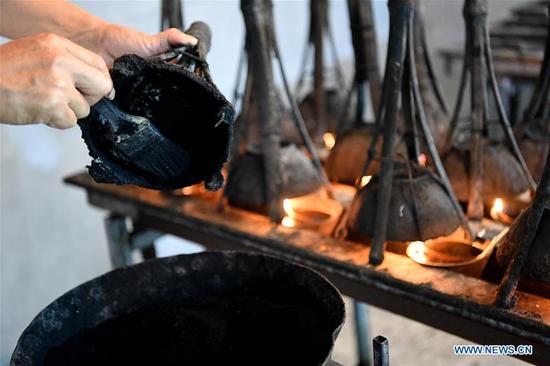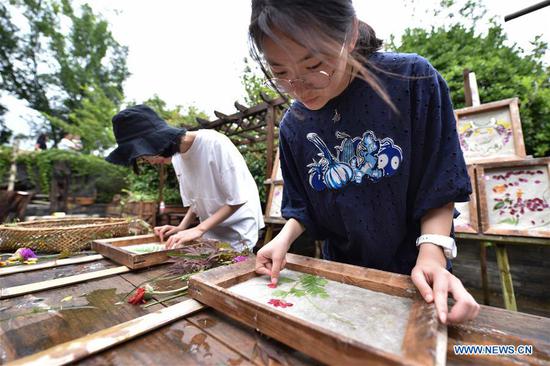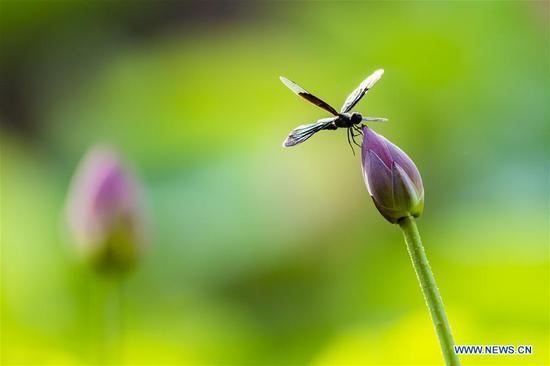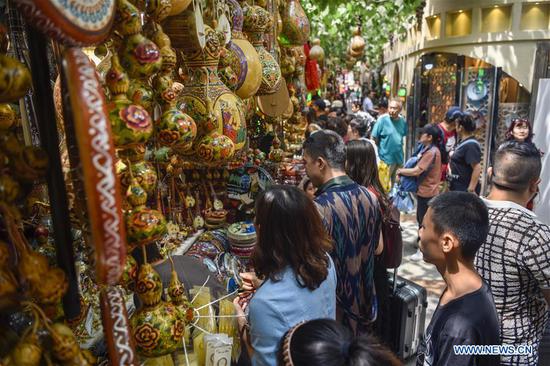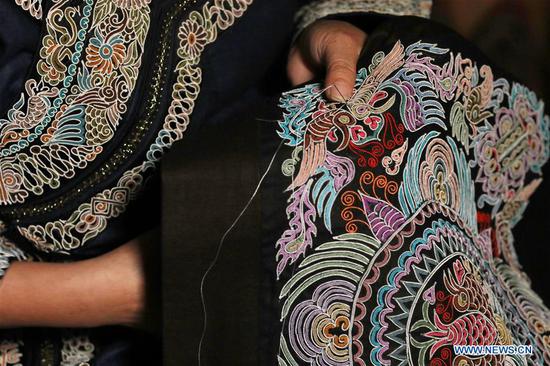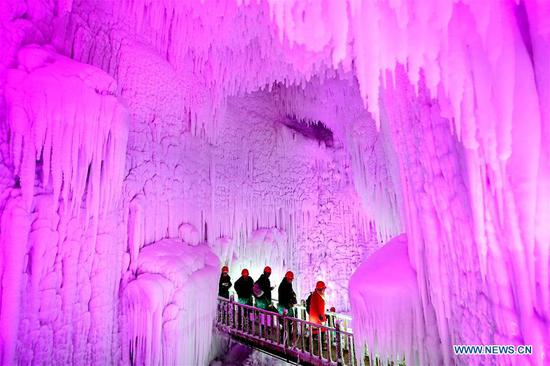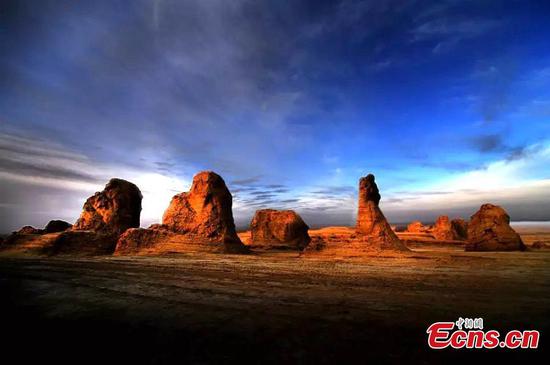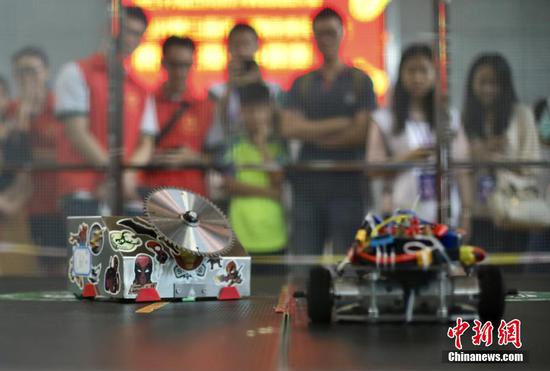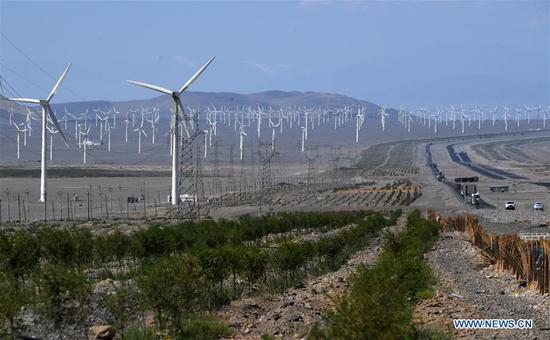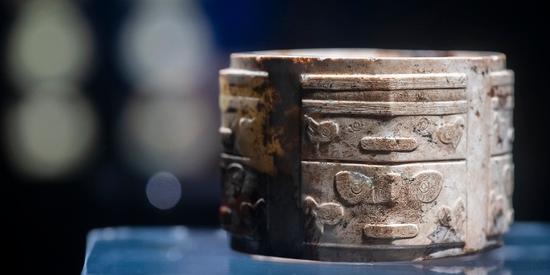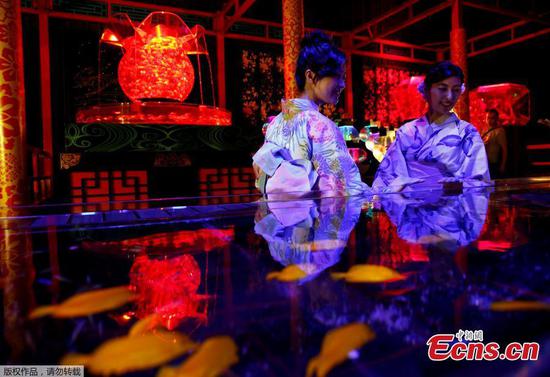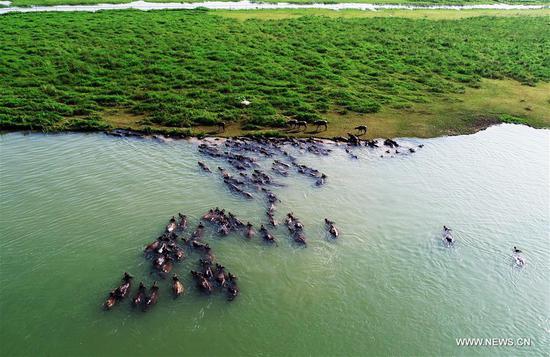The existence of a report proves the Imperial Japanese Army's use of chemical weapons in 1939 during Japan's invasion of China.
The 100-page report contains detailed information of the combat in the mountainous area of Shanxi Province in July 1939 including combat situations, use of shells and copies of the gas bomb use commands.
"Revealing what happened on the battlefield during the Sino-Japanese War is just the tip of the iceberg," said historian Seiya Matsuno. "We must investigate the truth in order to learn from it and prevent this tragic history from repeating itself."
According to the report, one of the Japanese battalions received orders from their superiors and made plans of using "yellow" shells, which contains a blister agent, and "red" shells, which contains a sternutatory agent.
The Japanese army fired 31 "red" shells at Chinese army positions during the battle on July 6, 1936, 60 "red" shells and 28 "yellow" shells on July 17, and another 140 "red" shells and 20 "yellow" shells one day later on July 18.
The report analyzed the power of the shells and pointed out that the use of "red" shells to beat enemies with strong positions in the mountainous areas was indispensable. And the first use of the "yellow" shells was recorded and evaluated as "very effective."
The Japanese army abandoned the record documents to avoid leaving evidence of war crimes, but this report might have been preserved personally by personnel of the military, according to Kyodo News.
"The army was well aware it was violating international law," said Matsuno. "It probably chose the location deep in the mountains of the province to use blister agent for the first time because it thought it would be harder to expose."











